As you know, along with the metal, a ceramic pipe for a chimney is very popular today. It has excellent refractory, withstands a temperature of about 1200 ° C and is not afraid of all kinds of aggressive substances (including condensate). Therefore, it is used by an increasing number of owners to arrange chimney systems.
Ceramic pipe for the chimney – properties and scope of application
Video installation of the ceramic chimney Schiedel
Ceramics chimneys have much more advantages than everyone else. Let us explain why. Brick pipes withstand high temperatures, but at the same time, are exposed to condensate. Metal pipes made of black steel are not resistant to all kinds of aggressive components. Chimmers made of stainless steel are more durable, but you need to know which stamps to use. For example, only brand 321, 316 l is suitable for boilers. In contrast, ceramic pipes are more easy to operate and have a number of positive properties:
High resistance to condensate formation.
Can be operated at T to 1200 degrees, therefore they have resistance to combustion of soot.
Have a great ability to accumulate thermal energy.
Have good mechanical resistance and strength.
Durability and reliability. The only warranty for some pipes is 30 years.
Ease of installation. Installation is carried out according to the modular method without the use of special equipment.
Withstand the effects of acids, fluorine compounds.
Have excellent water resistance and gas sequence.
In addition, these pipes are quite universal. They are suitable for any types of boilers, fireplaces, furnaces.
How to install ceramic chimneys
Video review of the characteristics of ceramic chimneys Tona
Camine chimneys must be installed in stages, each component is mounted alternately. The chimney device can be different, however, the best option for modern houses is the installation of a sandwich pipe. Such a chimney will have a long service life, condensation on it is almost not formed. Speaking more about this pipe, then it has several layers and consists of: inner ceramic shell, the middle heat -insulating layer, the outer shell made of stone blocks. An element is additionally attached to the pipe for the removal of excess fluid, for cleaning and inspecting the pipe, from wind and precipitation, to connect the heating device.
Installation passes through the above technology. At the initial stage, the base is prepared. It should be direct and even. Next, the cement composition is laid on it and the module is mounted for connecting the heating device. Then a sour -resistant mixture is made to close up the seams. It is prepared from dry powder purchased in the store. The composition is important to spend within a few hours. At the next stage, a tee with a pipe is mounted on the module. It will allow timely inspecting and cleaning the pipe. Joints are properly coated with a solution. Then other elements of the chimney are installed in accordance with the instructions.
On a note! Prepare the solution strictly at temperatures up to +20 s.
And remember, the joints of two vertical modules should not coincide with the places of the floor slabs of the building. If this happens, then these areas are important to additionally isolate. The length of the pipe above the roof varies depending on the design of the roof. So, if the roof is flat, then the height should be half a meter. In the same case, when the chimney is mounted 1.5-3 m from the ridge, the height should be not lower than. If the distance from the skate to the pipe is 1.5 meters, then the height of the chimney should be 0.5 meters. If the installation passes through the above technology, then the service life of the chimney will only increase.
Schiedel unique ceramic chimneys
As is clear from the above ceramic chimney, reviews of which can be found on the network, along with the metallic most in demand among consumers. The brand of Schiedel is especially popular, under which pipes began to be produced since 1946. Every day the authority and trust in this brand is growing. And this is not surprising, because all systems have German quality, tested by time.
To date, the following pipes are distinguished in the assortment – UNI, Kerastar, Keranova. The former is a three -layer sandwich system made at a temperature of more than 1200 ° C. Most often installed in houses under construction. The second is designed for already built premises. Others are suitable for sanitation of old chimney systems.



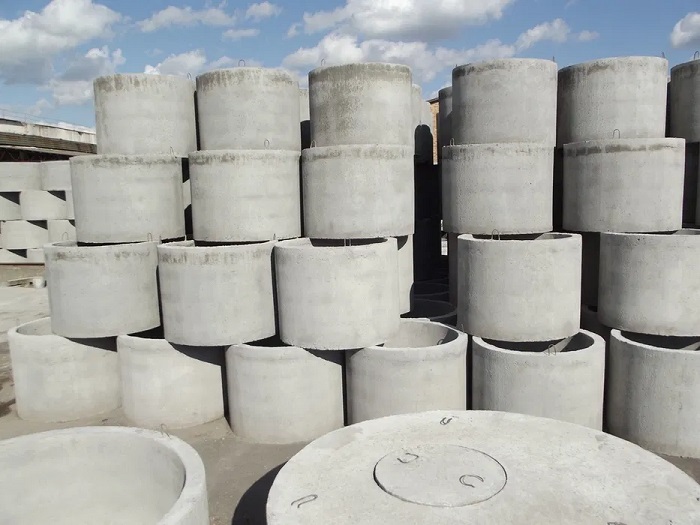

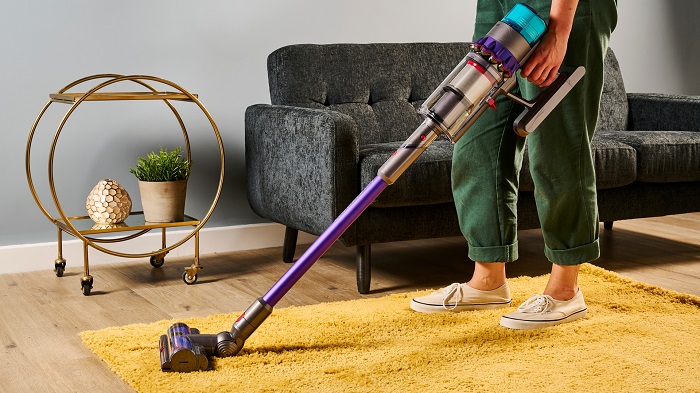

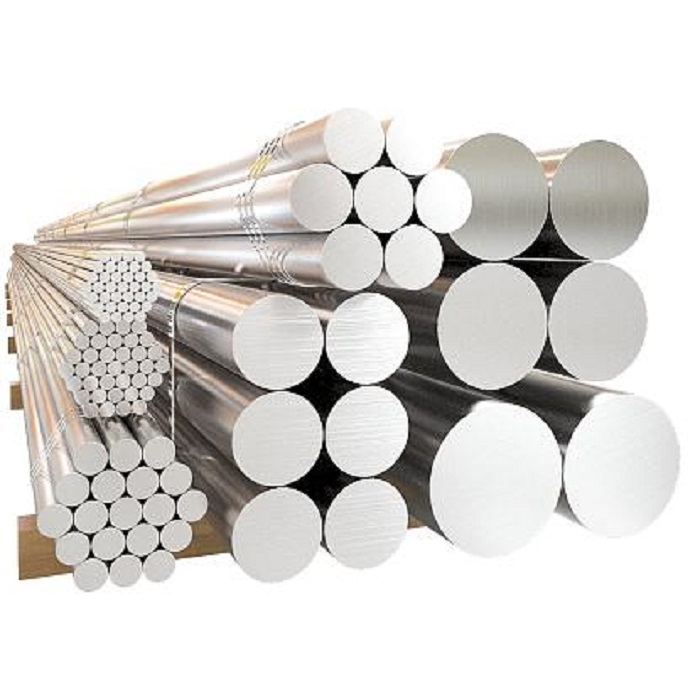

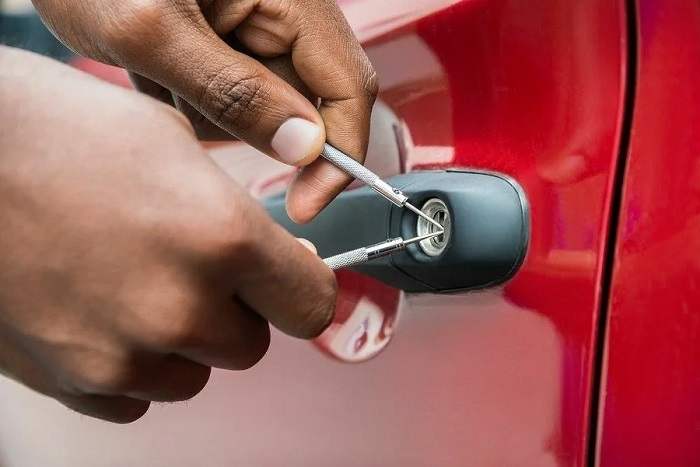
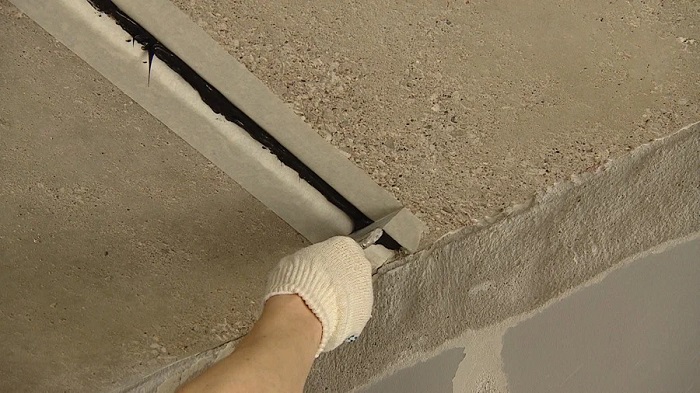


Leave a Reply